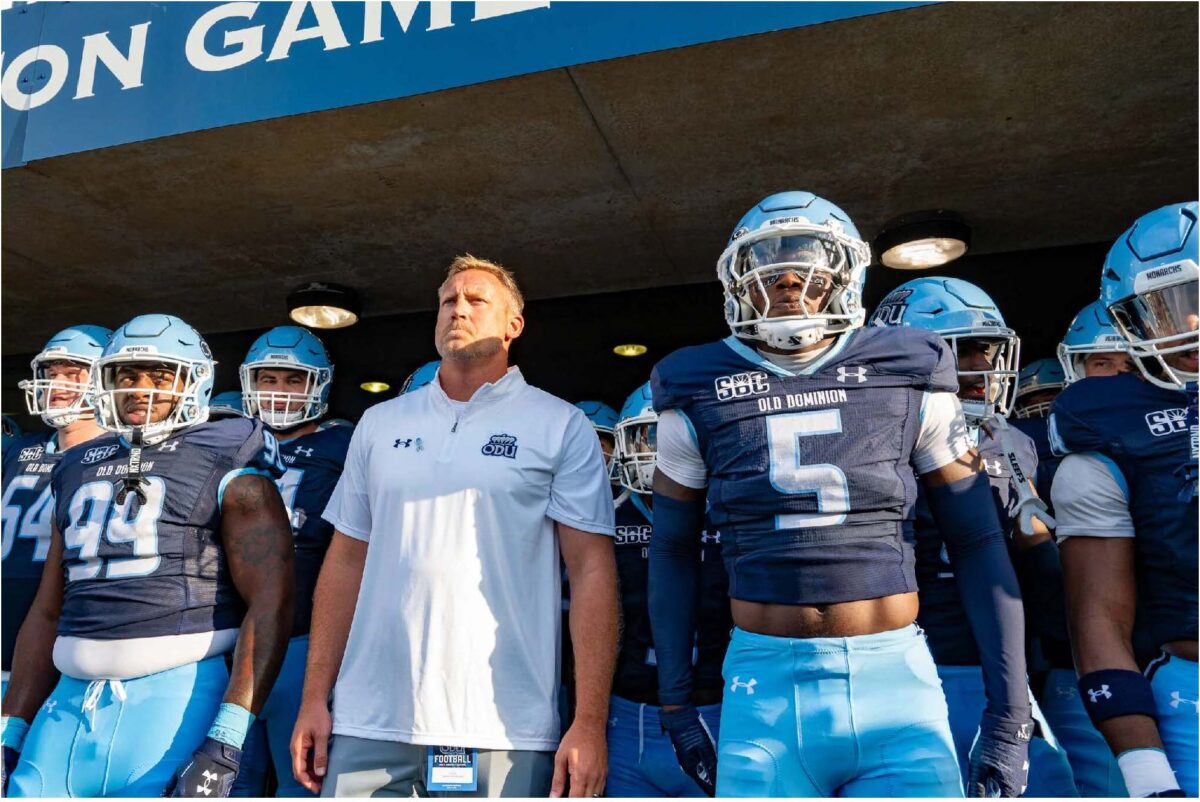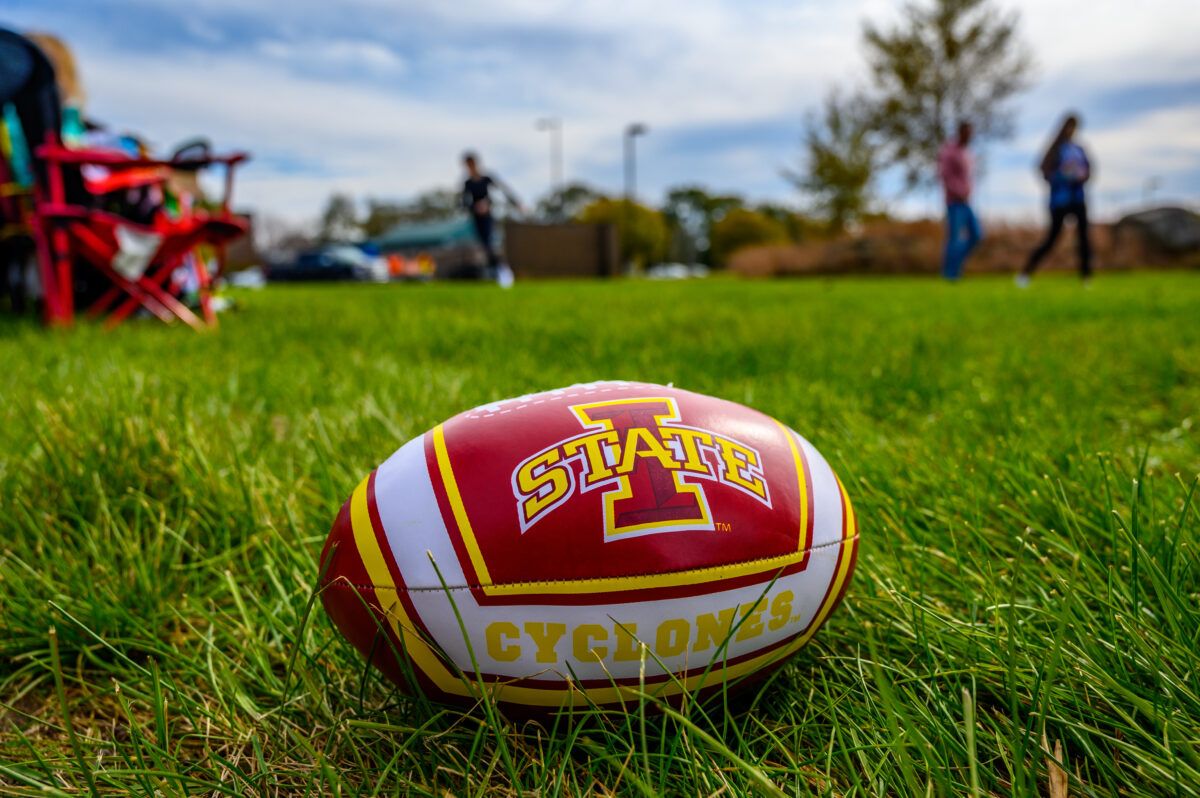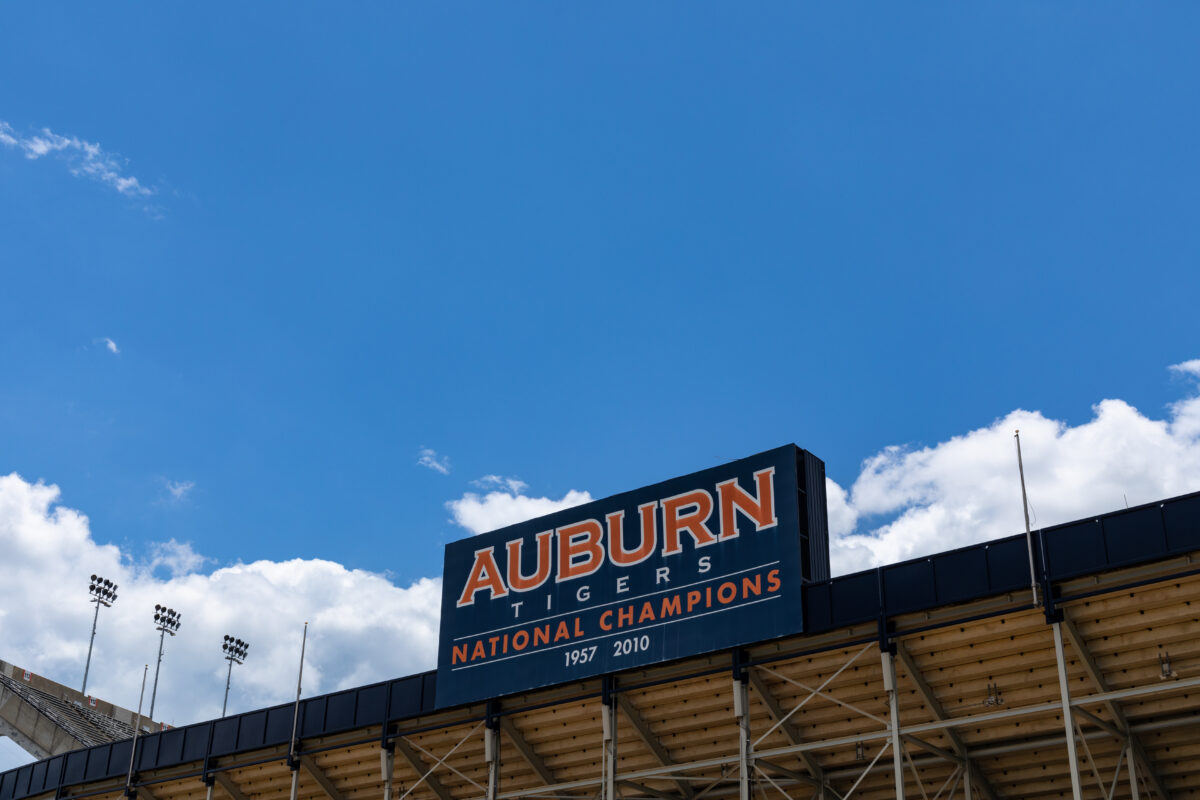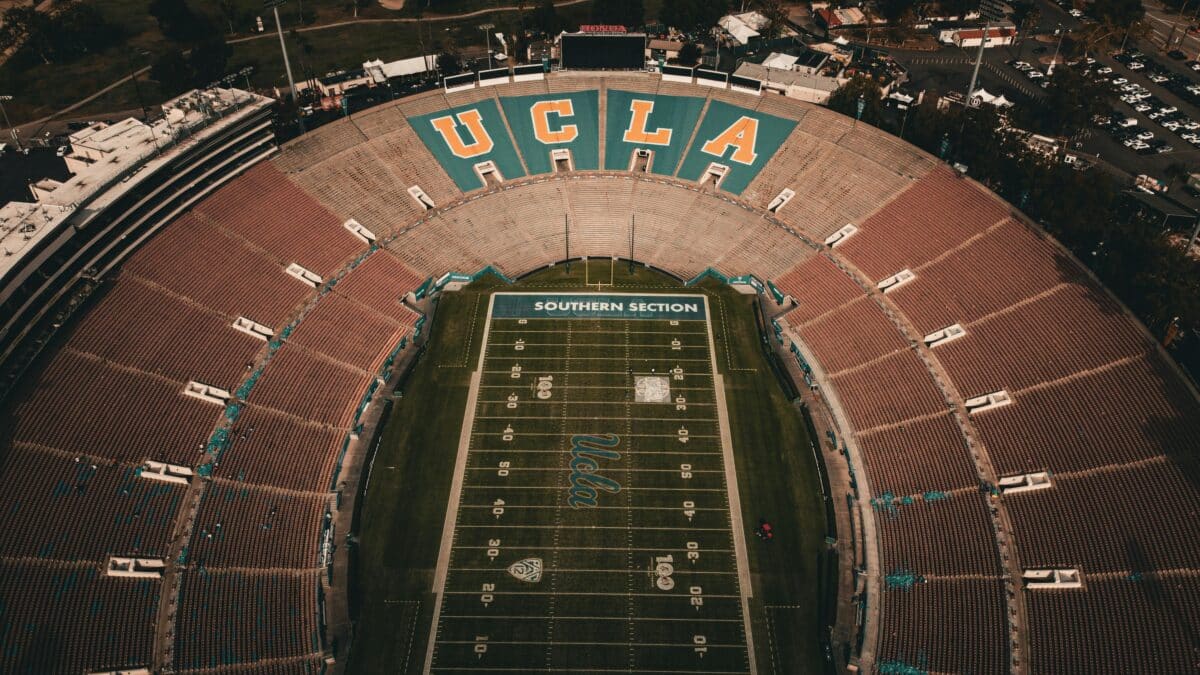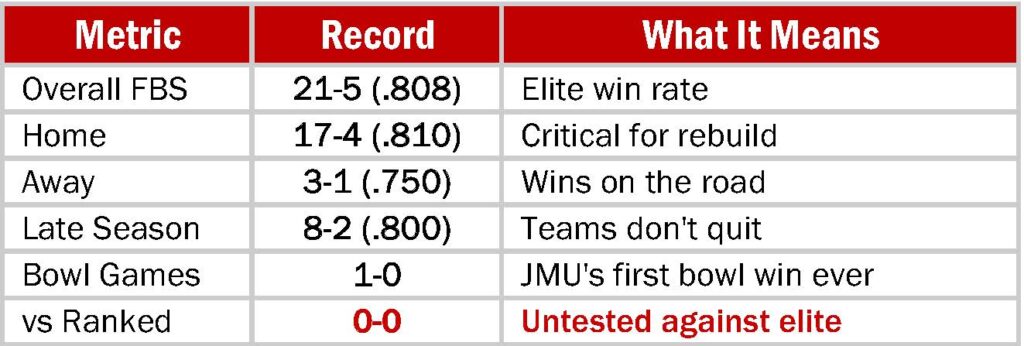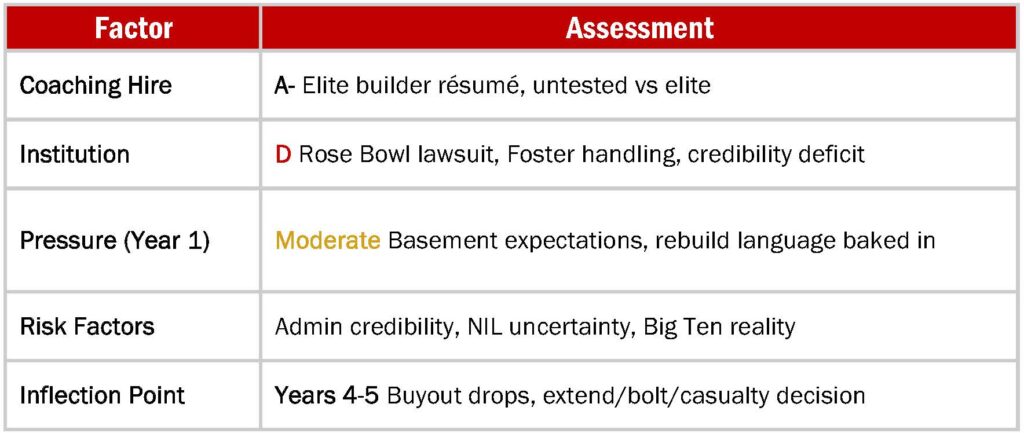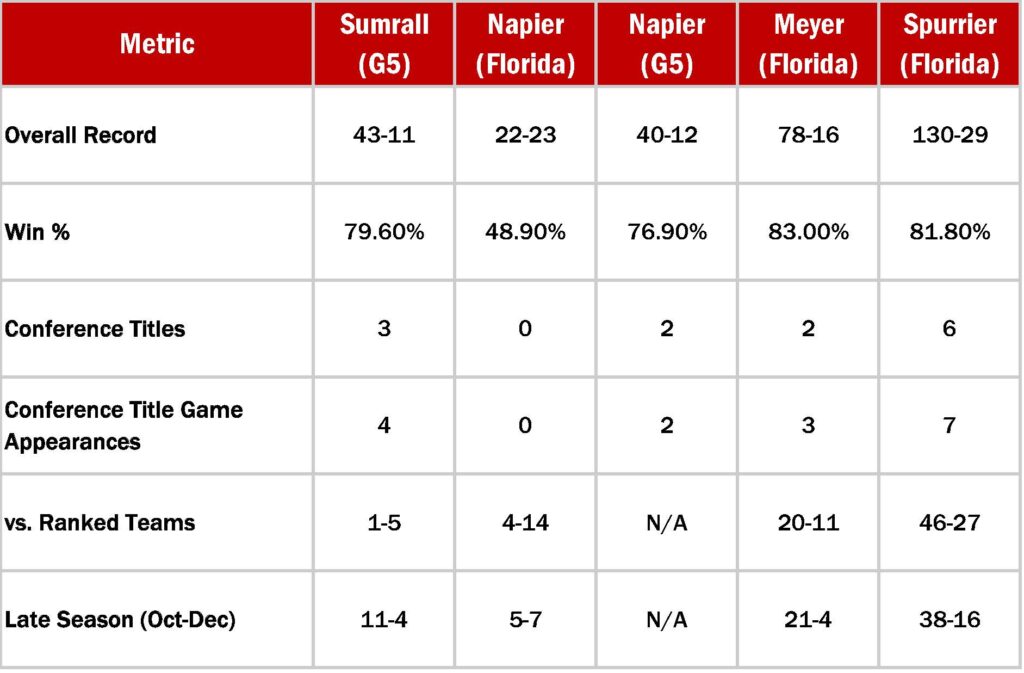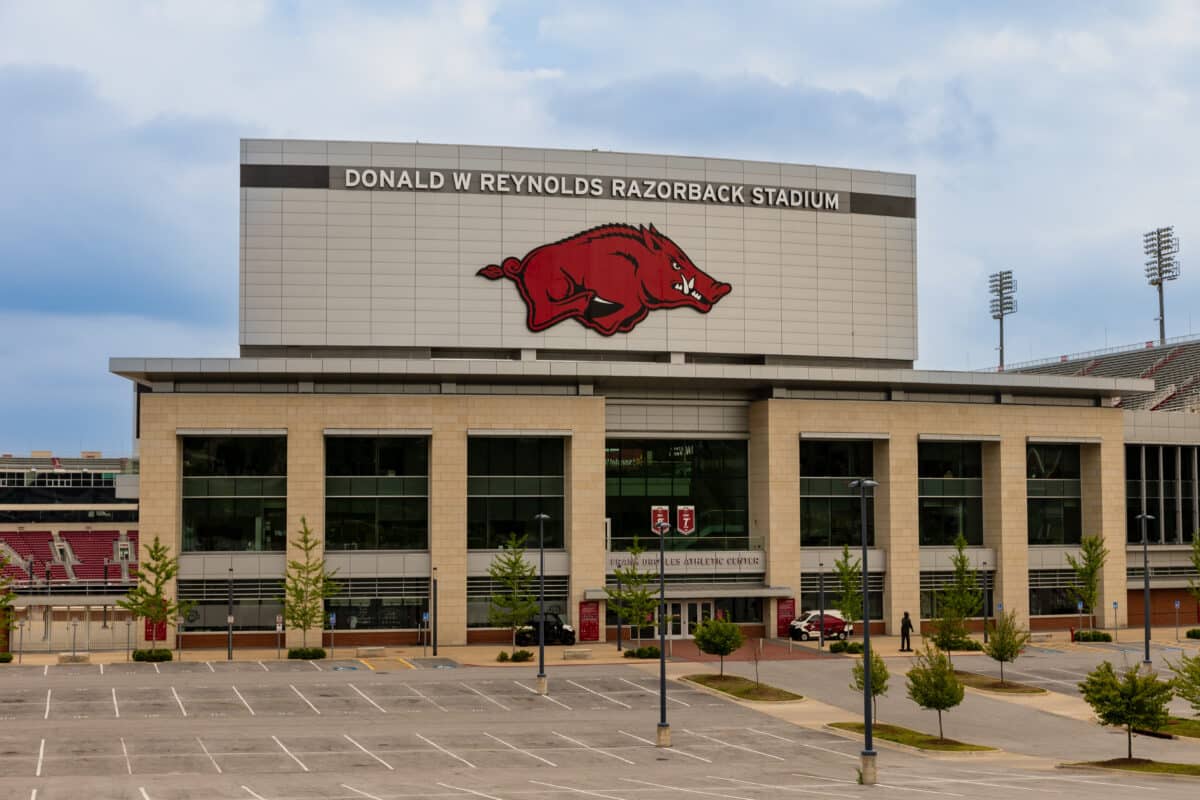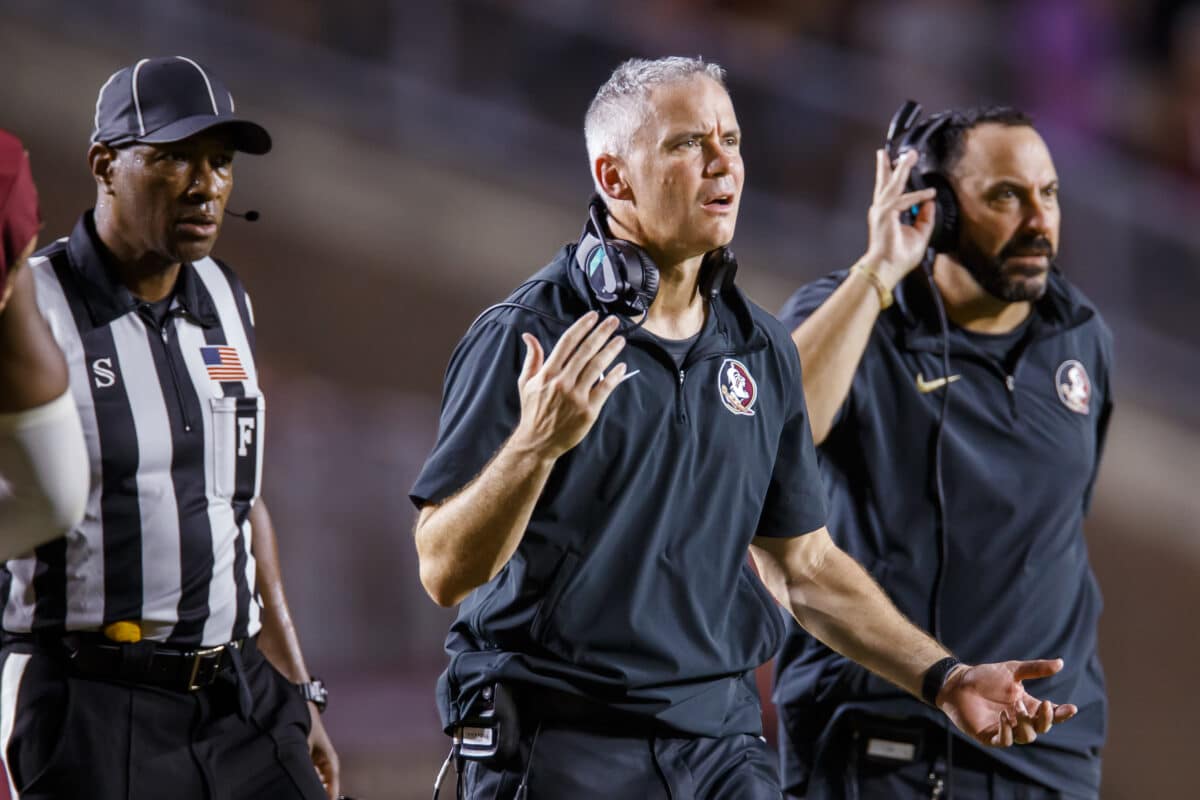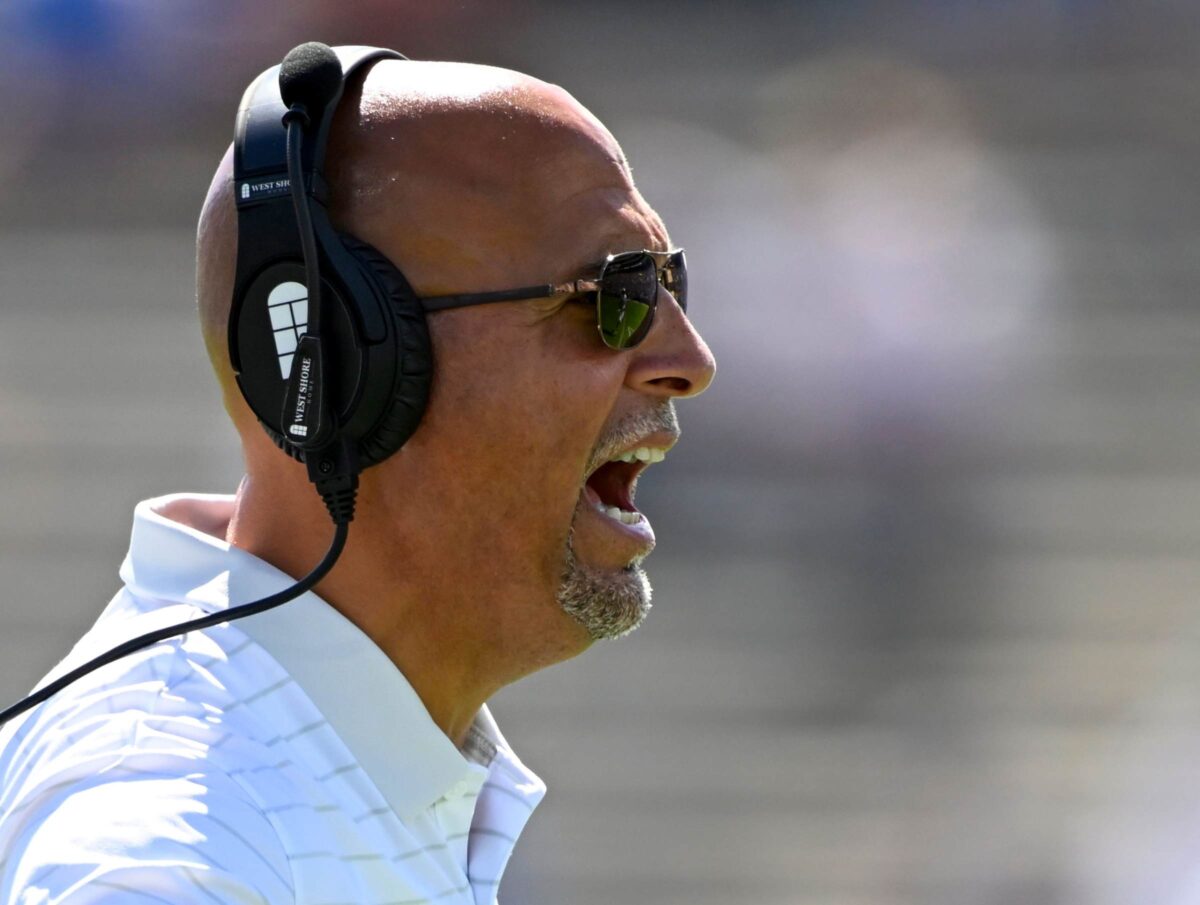Blog Article
Reader Sean Mullen says I Owe Ricky Rahne A Public Apology. So I Wrote One. He’s Not Going To Like How It Ends.
Reader Sean Mullen sent me this message last week:
“Congratulations Mark on being completely wrong about Ricky Rahne at Old Dominion. Are you gonna do the right thing now and follow up and state publicly you were wrong?”
Fair enough.
In August, I predicted Rahne would be fired by November. Instead, ODU went 10-3, beat Virginia Tech on the road, won the Cure Bowl, and Rahne signed a 4-year extension.
I was wrong about 2025. Completely, unambiguously wrong.
But here’s the thing.
Sean’s victory lap proves exactly why some fans misunderstand how coaching evaluation works.
The Number Everyone Wants to Ignore
Ricky Rahne’s career record at Old Dominion: 30-33.
That’s a .476 winning percentage across five seasons on the field. Still below .500. Still losing more games than he wins over the full sample.
Before 2025, he was 20-30. He was 0-2 in bowl games. Three of his first four seasons were losing seasons.
One 10-win year doesn’t erase that. It changes the trajectory. It doesn’t rewrite history.
This is the part where someone says: “But Mark, he just won 10 games! The program is clearly headed in the right direction!”
Maybe. Probably, even.
But that’s not what Sean argued.
The Argument That Defeats Itself
Sean didn’t say “Rahne has turned a corner.”
He said I was wrong to ever question Rahne in the first place. That I “slung stupid crap without doing any research.“
The research was the problem.
Four years of data showed a coach who consistently lost close games, couldn’t win bowls, and failed to elevate ODU’s national profile. The 2025 prediction was based on roster losses, a brutal early schedule, and a pattern of fourth-quarter collapses.
The prediction was wrong. The pattern was real.
Virginia Tech and Indiana were supposed to expose ODU’s weaknesses. Instead, ODU beat Virginia Tech 45-26 and hung tough with the #1 team in America before losing. The roster losses that looked catastrophic on paper didn’t play out that way on the field.
That’s coaching. That’s development. That’s Rahne doing his job better than the data suggested he would.
Credit where it’s due.
But Here’s What Sean Missed
One year of evidence doesn’t invalidate four years of evidence.
It adds to it.
Rahne’s career now tells a more complete story: A coach who struggled to close games for four years, then figured something out in year five. A coach who went 0-2 in bowls, then won one. A coach who was below .500, and still is, but trending upward.
That’s a legitimate narrative. That’s a coach earning the benefit of the doubt.
What it’s not?
Proof that anyone who questioned him was “slinging stupid crap.”
The Real Problem With CFB Fandom in 2025
Here’s what drives me crazy about college football discourse:
The most recent season is the only season that matters.
Coach goes 10-3 after four losing seasons? He was always good, and anyone who questioned him was an idiot.
Coach goes 6-6 after three 10-win seasons? He’s washed, fire him immediately.
This is how you end up with coaching carousels that cost programs $50 million in buyouts. This is how you end up firing guys after one bad year and hiring guys after one good year.
One season is a data point. Five seasons is a sample.
Rahne now has a sample that says: below .500 overall, but improving. One bowl win after two bowl losses. A program trending up after years of stagnation.
That’s worth watching. That’s worth acknowledging.
It’s not worth rewriting history.
The Prediction I’ll Make Now
Ricky Rahne has earned his extension.
The 2025 season was legitimately impressive. Beating Virginia Tech. Beating a favored South Florida team in the bowl game. Winning 10 games with a backup quarterback in the biggest moments.
If he builds on this, the 20-30 start becomes a footnote in a successful tenure. He’ll have proven that the first four years were about building something that finally clicked.
But if ODU regresses in 2026? If they go 5-7 again?
The same people celebrating today will be calling for his head tomorrow.
Because that’s how this works now.
One year at a time. No memory. No sample size. Just whatever happened last Saturday.
The Bottom Line
I was wrong about Ricky Rahne in 2025.
The prediction said he’d be fired by November. Instead, he signed an extension and won a bowl game.
That’s the business. You make predictions based on available data. Sometimes the data misleads you. Sometimes coaches figure things out.
But Sean demanding I apologize for “slinging stupid crap”?
He’s doing the exact thing that makes coaching evaluation impossible: treating one season as the entire story.
Rahne is 30-33. He was 20-30 before this year. The pressure was real. The questions were legitimate .
2025 was a great answer.
It wasn’t the only answer that mattered.
What the Original Prediction Got Right (and Wrong)
Go back and read the August piece. Here’s what I said would happen:
“Indiana and Virginia Tech expose the inexperienced skill players. The secondary gives up multiple explosive plays.”
Indiana won. They’re now in the College Football Playoff. That part tracked.
Virginia Tech? ODU won 45-26. Not even close. Complete miss.
“The roster talent is evaporating. They’re replacing 2,229 yards of offense with players who produced 292 yards.”
The numbers were accurate. The conclusion was wrong. Rahne developed the replacements better than anyone expected. Devin Roche went from 274 yards to a 100-yard bowl game. Quinn Henicle went from backup to Cure Bowl MVP.
That’s coaching. That’s the part I didn’t account for.
“By Halloween, Ricky Rahne will be at the top of every coaching hot seat ranking in America.”
By Halloween, ODU was 7-3 and rolling toward a bowl bid.
Swing and a miss.
Here’s what I’ll stand by: The questions were legitimate. A 20-30 coach with an 0-2 bowl record and a pattern of close losses deserved scrutiny. The pressure was real.
Rahne answered it. That’s the story.
The prediction was wrong. The process wasn’t.
